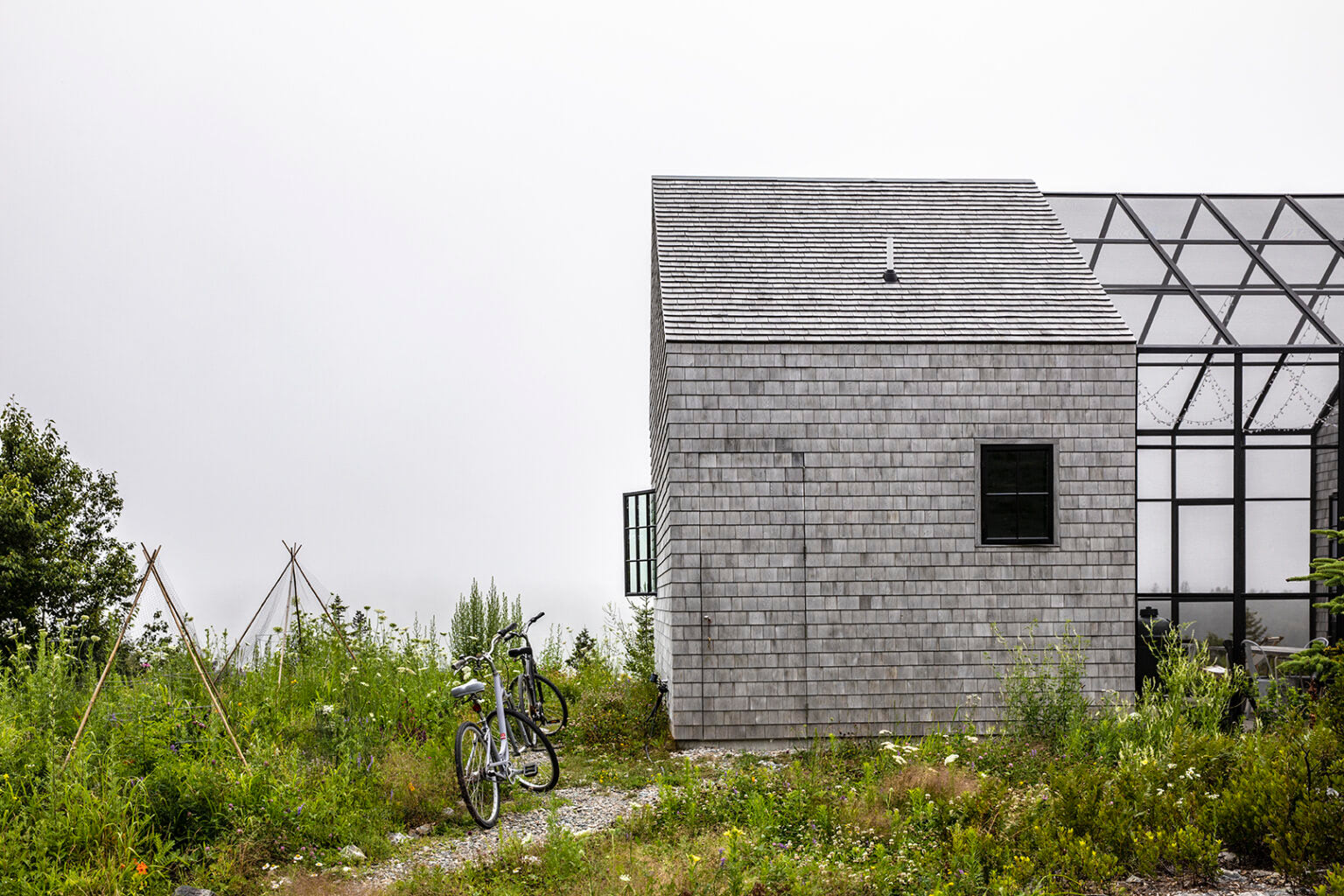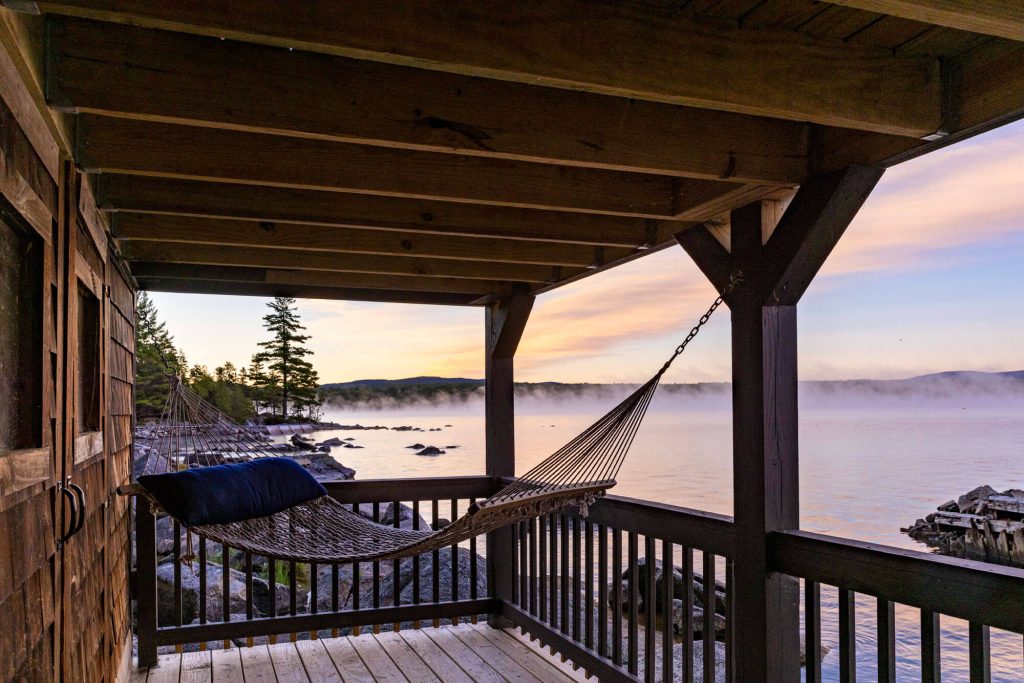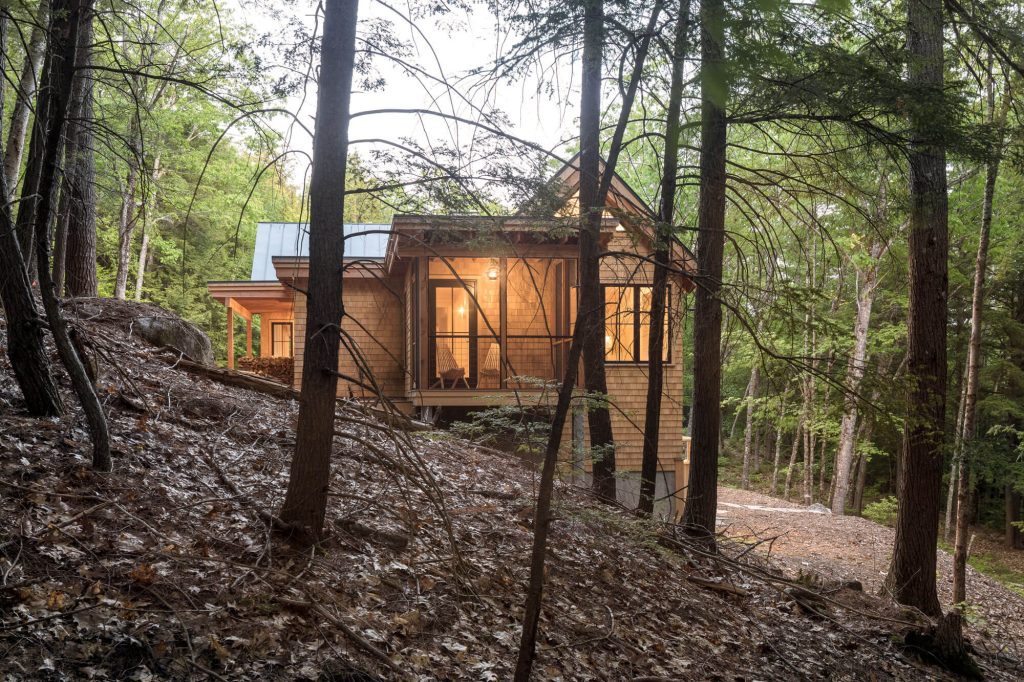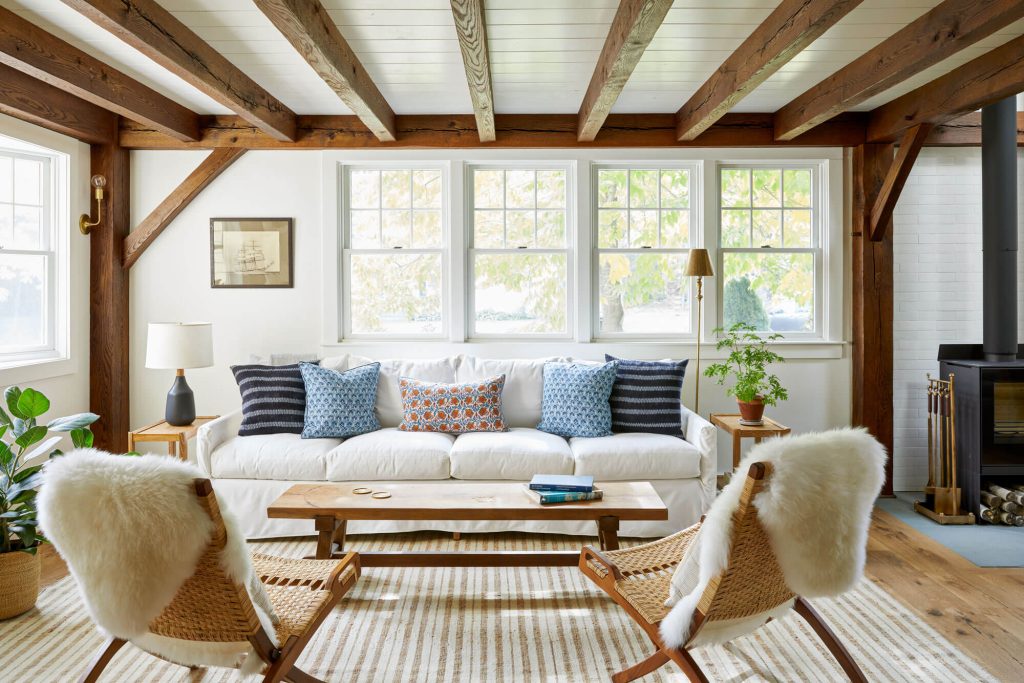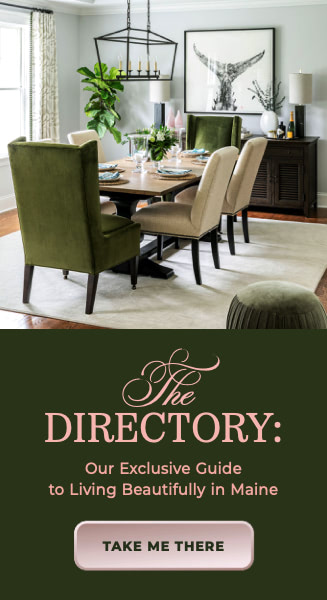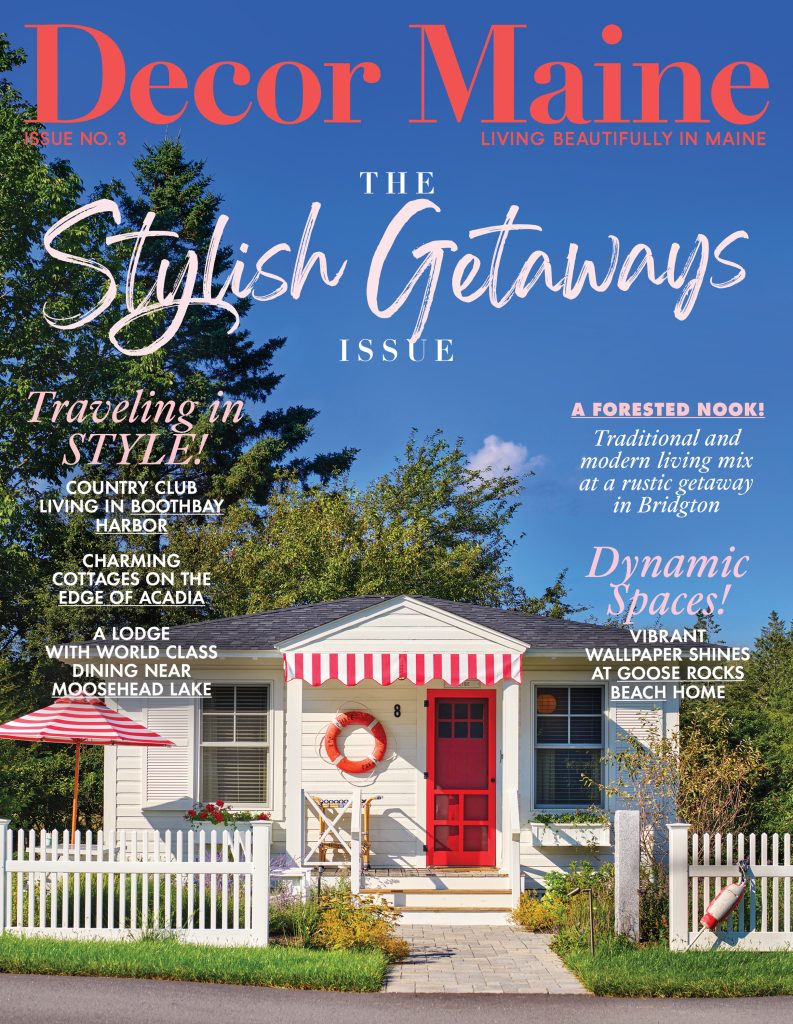It had been two years since architect couple Maria Berman and Brad Horn had completed their Little Peek house, a secluded refuge set on a windswept outcropping on Vinalhaven. Comprising a main house, a guest cottage, and a cleverly designed screened porch connecting the two, Little Peek was, by many measures, a wild success, winning design awards from the Society of American Registered Architects and profiled by such industry notables as Architectural Digest, Domino, and Dwell.
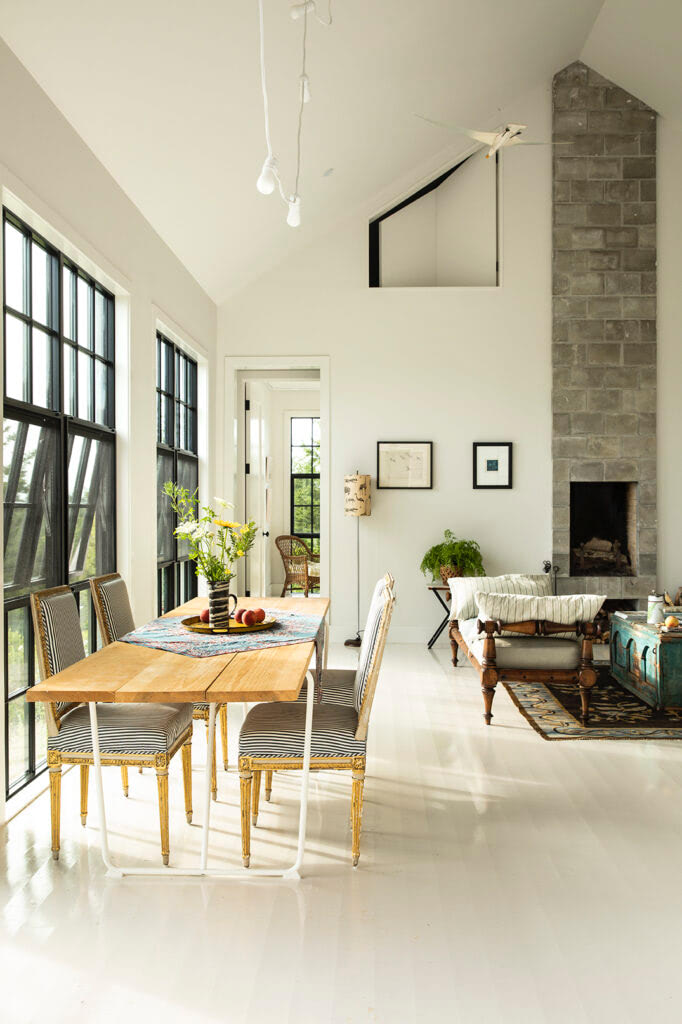
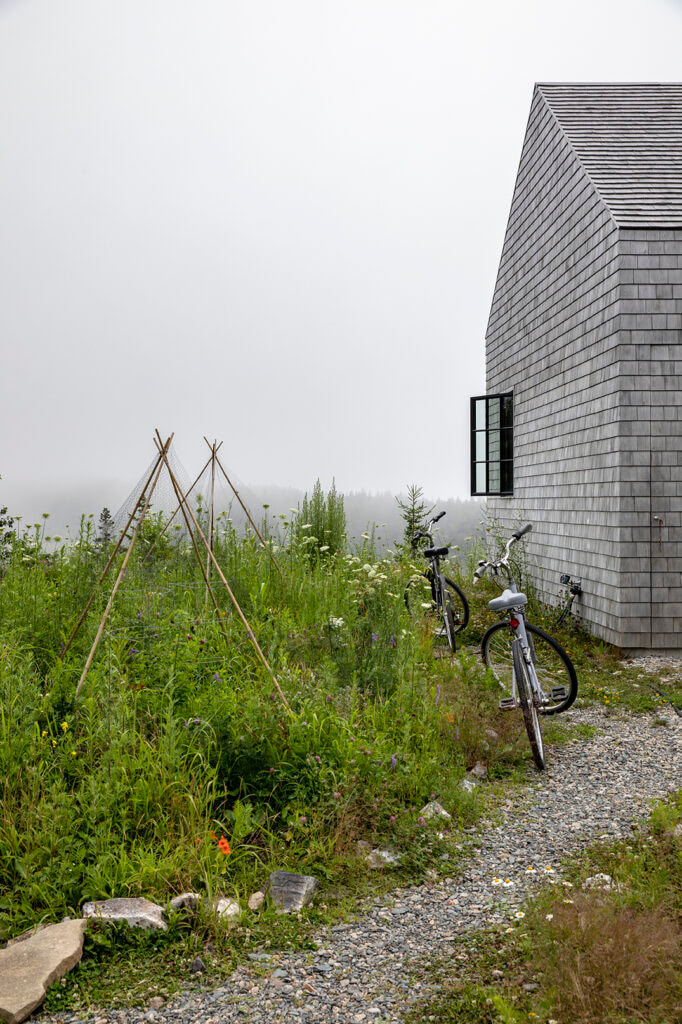
But sitting on the porch that summer in 2018, Maria felt sad. The nonnative grass seed hauled in by the construction crew, engineered to grow anywhere, in any condition, was doing just that. The wildflower explosion she’d envisioned when she’d spread a generic seed mix after the home’s completion in 2016 was little more than a squeak. “Only the most tenacious of these plants survived,” Maria says.
At the time, Maria was deep into a book called Wilding, riveted by author Isabella Tree’s account of restoring a 3,500-acre English estate back to the wild—“a leap of faith,” in Isabella’s words, “full of surprises … teaching us something about ourselves.”
Maria had a realization: “We were pushing a boulder uphill. There’s another path.” They were fighting the environment, very windy, with very thin soil, she says. “We were running off a well, and it was unsustainable to gobble up this water for non-native species.”
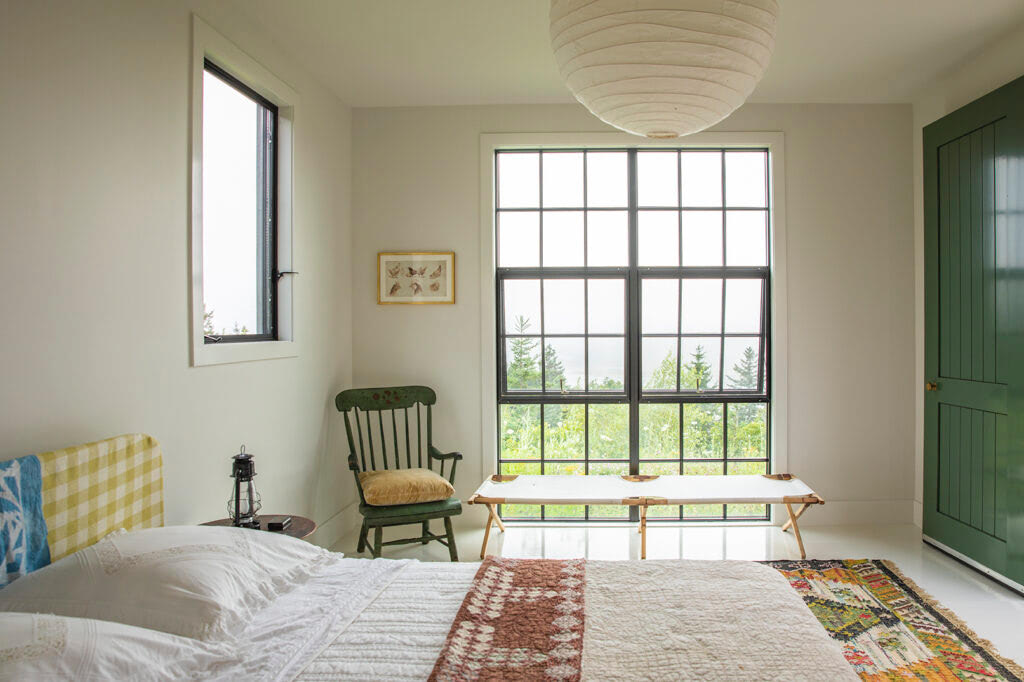
That path is called rewilding, and it is becoming increasingly popular, nurtured by growing awareness that “our native landscape is under threat, the planet overloaded and stressed,” says Heather McCargo, founder of Wild Seed Project, a Portland-based nonprofit that collects wild seeds and educates the public on its mission and the importance of native plants. Since the pandemic, demand for the project’s seeds has doubled. In September, their work was featured in The New York Times.
Heather would like everyone to take Wild Seed’s Pledge to Rewild, “an intentional practice of restoring native plants to reverse habitat loss, support ecosystems, and bring nature back into our lives.”
Looking out over Little Peek’s land that day, this is exactly what Maria set out to do.
First, “We accepted what had taken root,” mostly black-eyed Susans, California poppies, and New England asters, says Maria. This required a shift in view, “seeing something that grows by itself as an ally rather than an obstacle.”
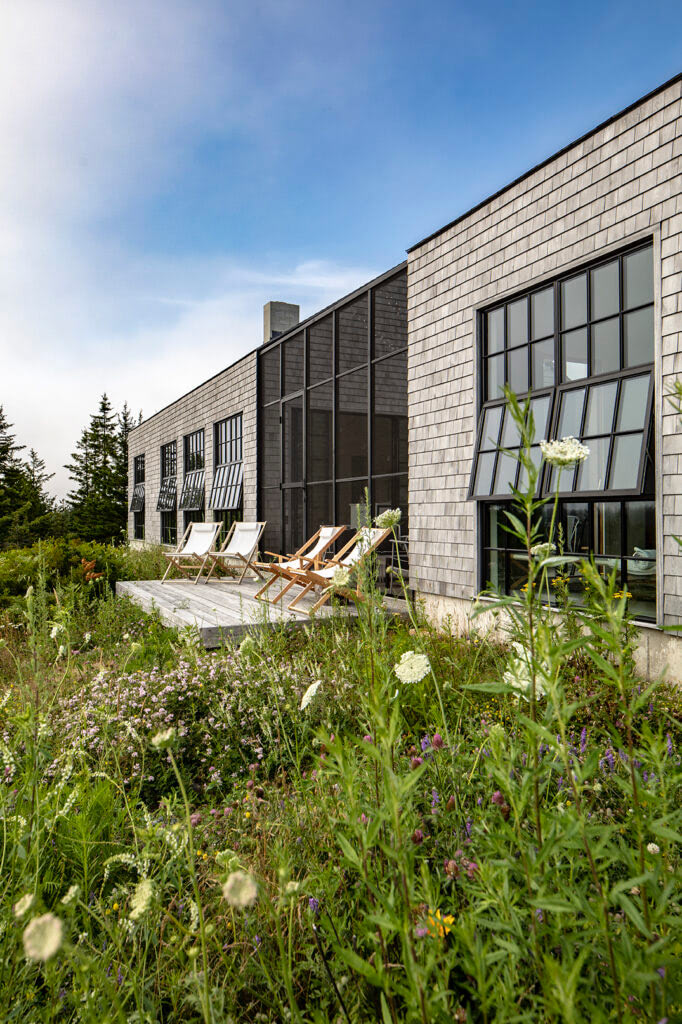
Next, she and Brad brought in four inches of soil, compost-based, to replace what had been removed during construction. “We wanted to give things a fighting chance,” Maria says. Little Peek’s remoteness worked in their favor. They had no nearby neighbors, meaning no neighbors’ gardens with nonnative species happy to take root next door. Vinalhaven also sits some dozen miles offshore, and the only way seeds get there is via deer, bird, “or in bags from the hardware store.”
From there, Maria turned to the wild around them. “We found sumac on our land and dug up a few babies to see if they’d settle in here, and they did.” She also investigated botanical options and decided on a bulk seed blend designed for the Northeast.
She scattered the seeds widely, and then, she says, “our very fallow postconstruction land came
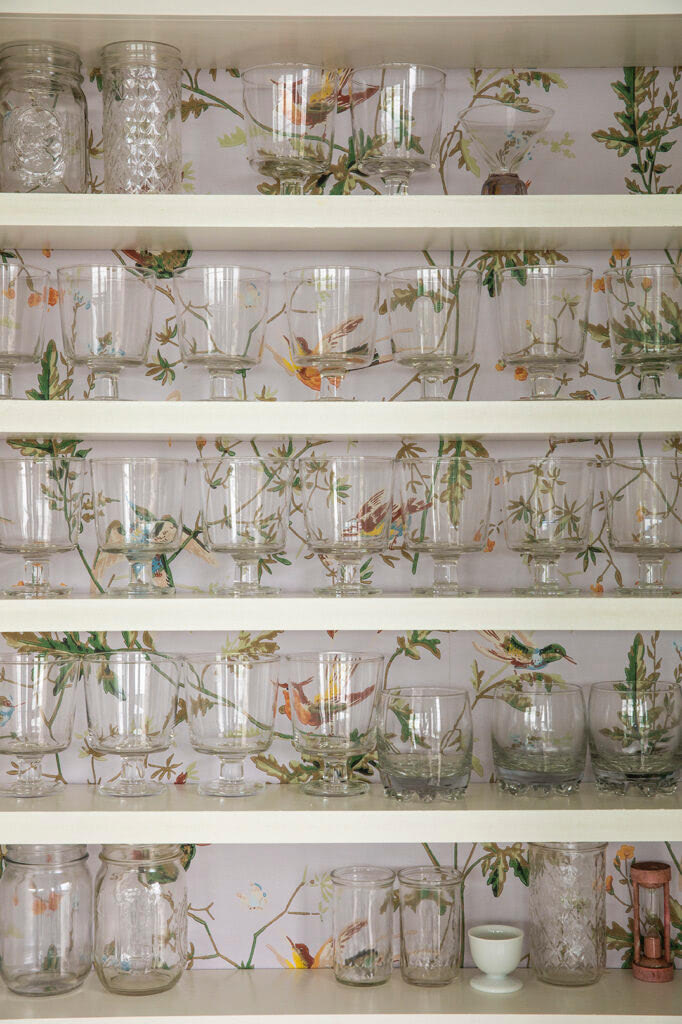
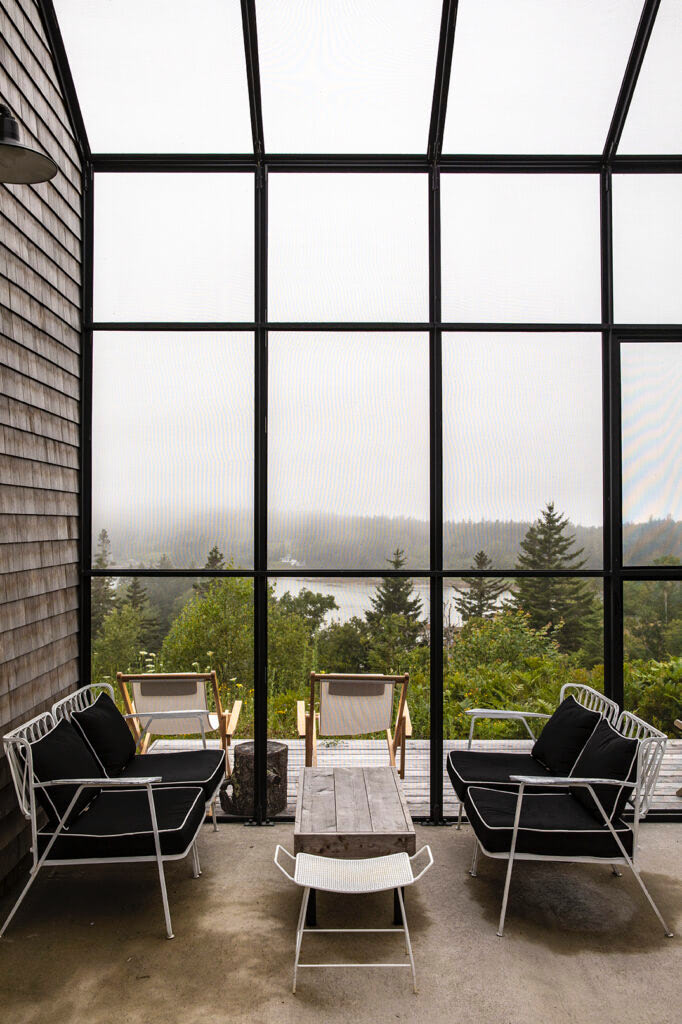
alive.” Swatches of wildflowers and tough, weedy grasses flourished, and the vetch—a weed, yes, she says, but one that is helpfully nitrogen building—exploded in “incredibly beautiful cumuli of lavender and yellow blossoms covered in bumblebees of all sorts.”
The coneflowers, or echinacea, disappeared. But wild cherry shrubs appeared in its place, scrappy that first summer, in 2019, but by 2021, “beautifully sculpted by the wind.” Baby spruce and ferns also returned and “slowly, slowly,” the land’s original huckleberries, too.
“When you start adding native plants out your door, you right away see both how beautiful they are and all the life they attract—bees and butterflies and so much more,” Wild Seed’s Heather McCargo says. “So many of our horticultural plants that are
being cranked out by the industry are sterile, treated with chemicals. They don’t support life.”
Maria says in echo: “Once you see a garden alive, you see every other inhabitant within miles—mice and voles, mink, deer, raccoons, and whoever else.… When you see your fellow creatures using the landscape, you become much more aware of that weedy patch with all that cover.”
She acknowledges that tickborne illness is a concern on Vinalhaven, as it is in many places. This is why she and Brad invested so much time into a porch design that gives them the outdoors but with a bug-free perimeter and a space to check for ticks before heading inside. Although Maria has not seen an increase in ticks since rewilding, she and Brad remain vigilant, testing the ticks they find and wearing light-colored clothing. “I want someone to invent a thin white tick onesie,” she says, laughing, seriously. “I know so many people who’ve been debilitated by Lyme, but ticks and tick-borne illnesses are here, and not going away.”
While Maria remains a fan of cultivated gardens, she says, she has been inspired by Heather’s work (Maria found support and resources through Wild Seed) and is happy that more and more people are rewilding as an alternative, regardless of means. True, not everyone appreciates their efforts— “Looks like a dirt heap after construction,” one of Berman Horn Studio’s followers commented on Instagram—but to Maria, the results of rewilding are beyond beautiful.
“A weed is just a plant out of place. In some ways, we are the things out of place,” she says. “Being willing to see the beauty in plants as they come has been transformative. The land is richer and better. It’s very humbling to watch. We are in awe of what can happen.”
